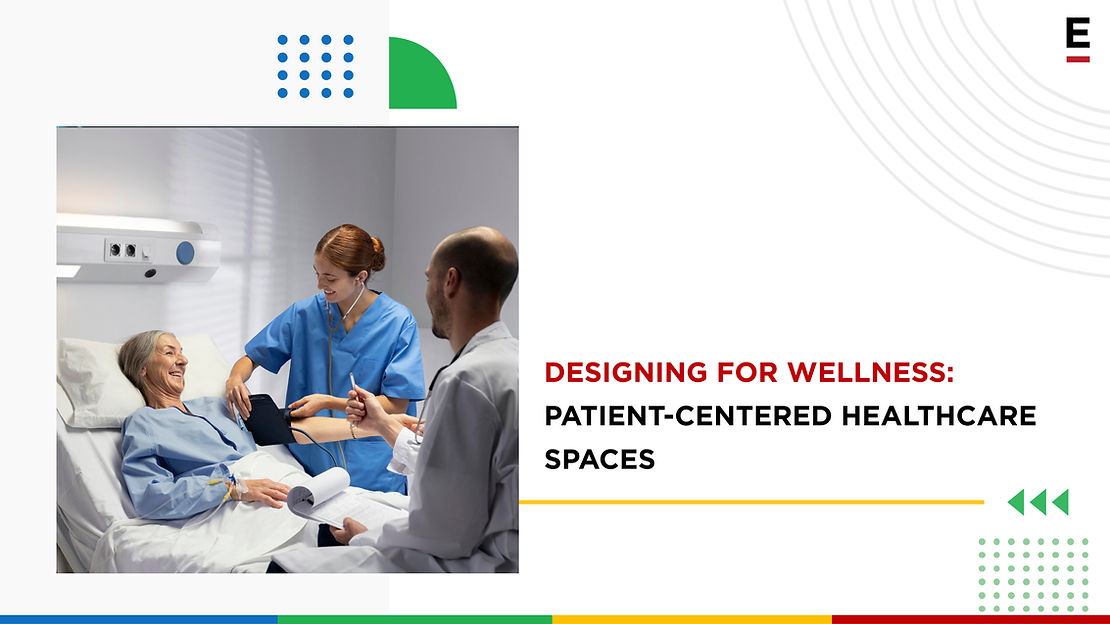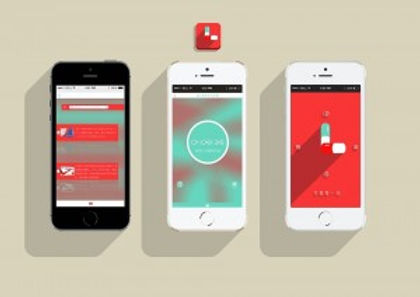Healthcare technology is evolving faster than ever in transforming patient care. Today’s healthcare consumers expect more personalized, transparent, and convenient experiences. From virtual consultations to wearable health devices, healthcare UX design is being reimagined to put patients at the center. This shift is not just about adopting new tools but also about creating seamless and intuitive experiences that build trust and empower patients.
Extentia’s Experience Design Trends Report for Healthcare 2025 offers a detailed analysis of digital transformation in healthcare, providing actionable insights for healthcare providers, insurers, and technology innovators. This guide helps stakeholders stay ahead in a rapidly changing landscape while addressing the challenges of modern healthcare. Powered by insights from our Experience Studio team and enhanced by AI-generated visuals, this report makes actionable insights accessible and impactful. This is complemented by extensive secondary research of the changing business landscape, emerging experience trends, technological advancements, and the functional dynamics driving various industries.
Let’s explore the major healthcare UX design trends shaping the industry today.
Faster, Smarter, and Personalized Patientcare Experiences
AI-Driven Personalization Artificial Intelligence (AI) has become a cornerstone of healthcare experience design, enabling tailored treatment plans that improve patient outcomes. AI tools analyze data such as medical history, genetic profiles, and lifestyle habits to identify risks and recommend proactive solutions. By predicting potential health issues early, these tools enable patients and providers to make informed decisions.
Wearables and IoT Devices Wearable technology and Internet of Things (IoT) devices have revolutionized healthcare UX design by making health monitoring accessible and engaging. Devices like fitness trackers, smartwatches, and connected glucose monitors empower users to track their vitals in real time. For example, these tools can detect irregular heart rhythms or elevated blood sugar levels, encouraging users to seek timely medical attention. Such innovations not only improve health outcomes but also promote preventive care.
Convenient, Connected, and Patient-Centered Telehealth Solutions
Virtual Consultations and Digital Prescriptions Telehealth has become a pillar of modern healthcare design thinking, offering patients convenient access to healthcare professionals without the need for in-person visits. Virtual consultations, paired with integrated digital prescription services, make it easy for patients to receive care wherever they are. This shift reduces barriers to healthcare and enhances access for remote or underserved populations.
Online Scheduling and Follow-Ups Incorporating intuitive scheduling tools into healthcare design has eliminated long waits and administrative hurdles. Patients can now book appointments in real time, receive automated reminders, and manage follow-ups efficiently. These features ensure continuity of care while reducing no-show rates, benefiting both patients and providers.
Empowering Patients with Healthcare Design
Instant Access to Health Data Today’s patients want to be active participants in their healthcare journey. They expect detailed, easy-to-understand information about their treatment options. Tools like decision trees and scenario simulations in healthcare UX design allow patients to explore different outcomes, enabling them to make well-informed choices. Access to second opinions and collaborative consultations further empowers them to take charge of their health.
Clear Pricing, Empowered Patients Transparency in healthcare costs is no longer optional — it’s a necessity. Patients want upfront information about treatment expenses and insurance coverage. Platforms designed with healthcare design thinking incorporate interactive cost estimators, making financial planning easier for patients. This level of clarity fosters trust and satisfaction, essential components of a positive patient experience.
Data Privacy and Security in Healthcare UX Design
Protecting Patient Data As digital tools become more integral to healthcare, ensuring data privacy and security is critical. Patients need to trust that their sensitive health information is safe. Encrypted systems, secure data storage, and robust authentication protocols are vital for maintaining this trust.
Transparent Data Practices Patients also want transparency regarding how their data is used and shared. Healthcare design should prioritize clear policies that outline data usage while giving patients control over their information. Transparency builds trust and ensures compliance with regulations, creating a secure environment for all stakeholders.
Accessible and Intuitive Digital Platforms
Inclusive Design Accessibility is at the heart of modern healthcare UX design. Platforms must cater to users of all ages, technical skill levels, and abilities. Features like intuitive navigation, clear visuals, and multilingual support ensure that no patient is left behind. Whether it’s scheduling an appointment or accessing test results, the process should be simple and inclusive.
Omnichannel Experiences Patients today interact with healthcare providers through multiple channels, from mobile apps to desktop portals. A consistent and synchronized experience across these platforms is crucial for building trust and improving efficiency. Healthcare experience design focuses on creating systems that allow patients to switch between devices seamlessly, ensuring that their healthcare journey is smooth and stress-free.
The Future of Healthcare Design
The future of healthcare lies in adopting these trends to create experiences that truly resonate with patients. Personalized care powered by AI, the expansion of telehealth, transparency in decision-making, robust data security, and accessible digital platforms are shaping the next generation of healthcare services.
These advancements aren’t just enhancements — they’re necessities for a modern healthcare system that prioritizes patient well-being. By leveraging design thinking in healthcare, providers can deliver care that is efficient, inclusive, and patient-centric.
To explore these trends further and discover how they can transform your approach to healthcare, download the Experience Design Trends Report for Healthcare 2025. This report is an essential resource for anyone looking to innovate and create exceptional healthcare experiences.




